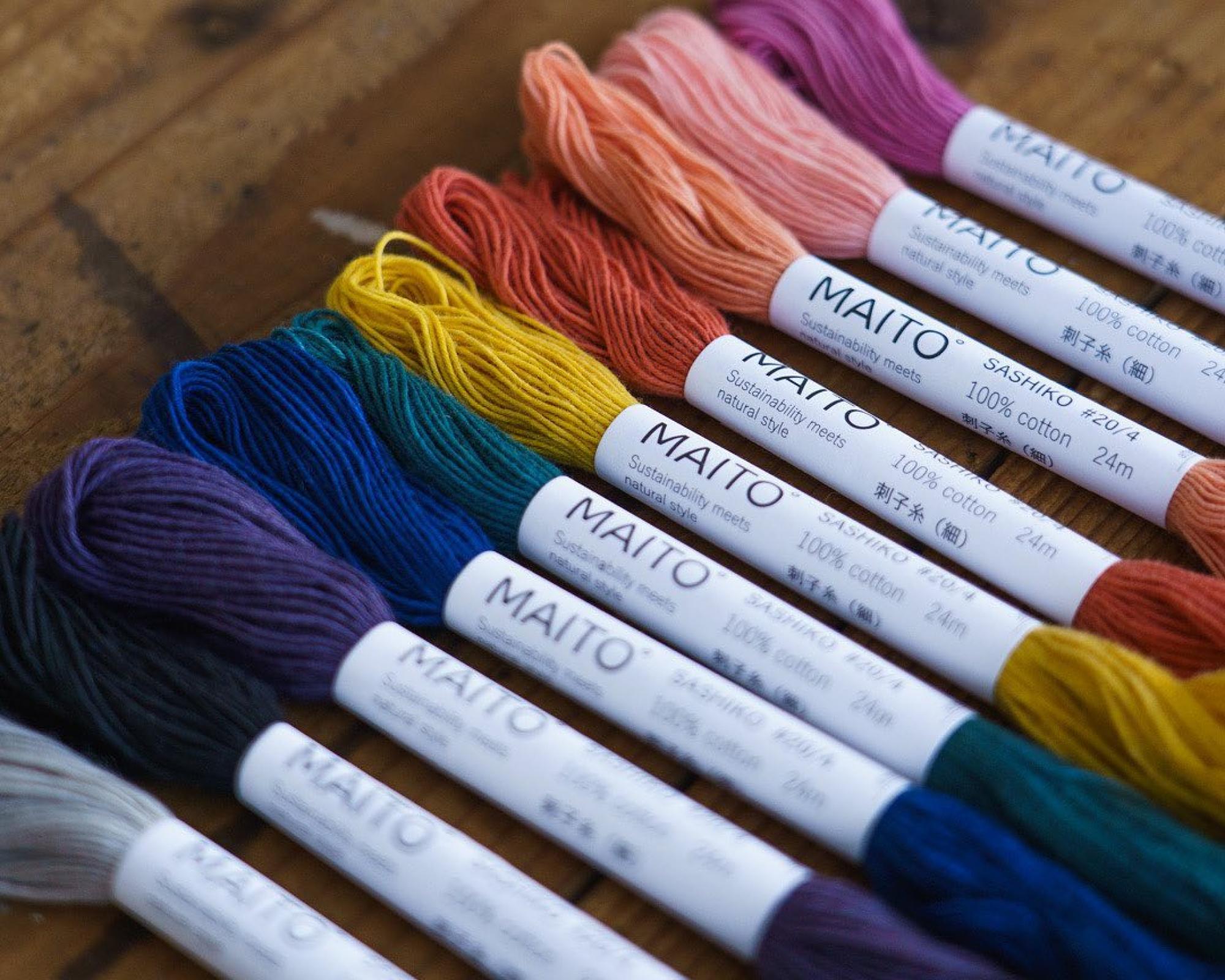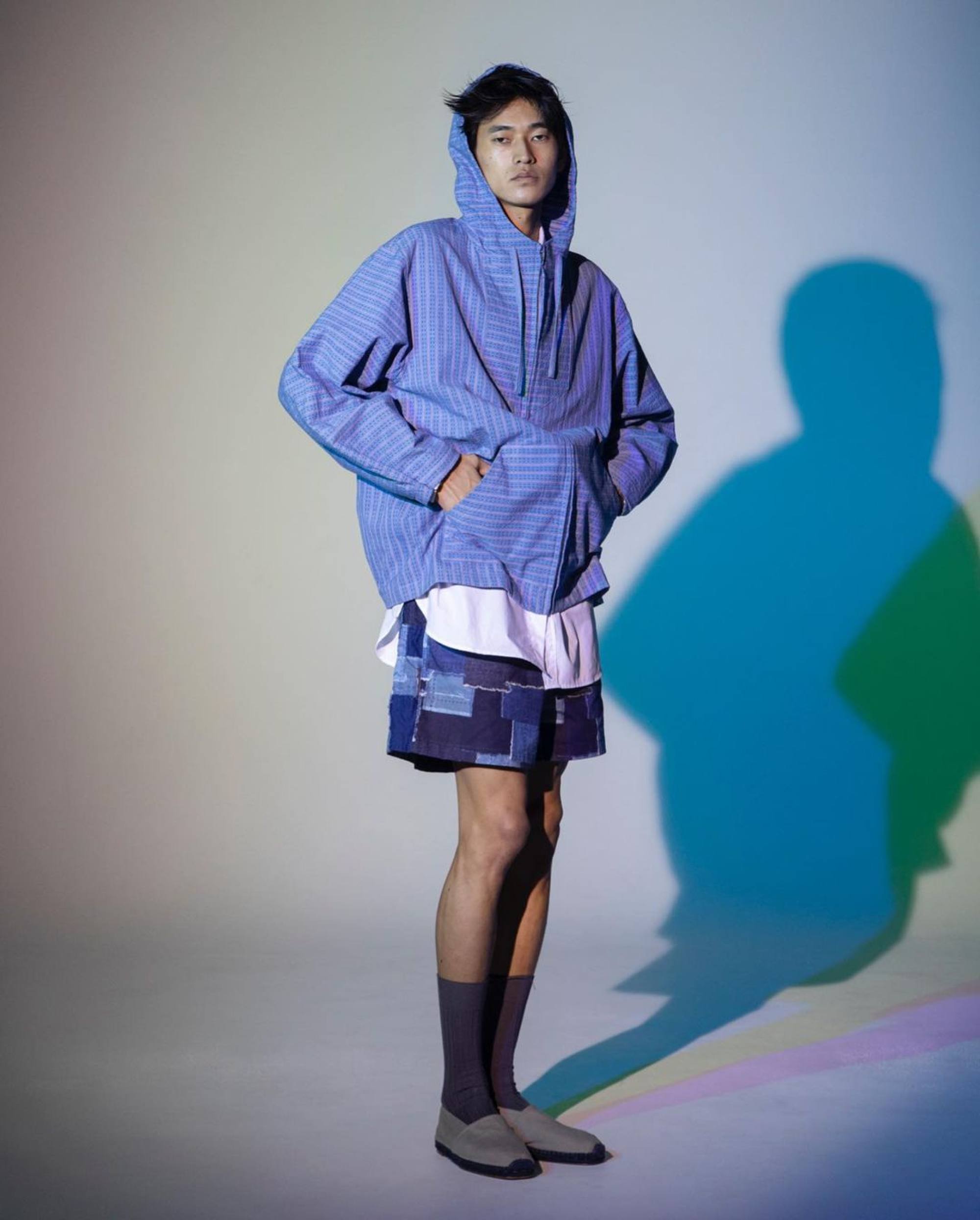
Sustainable fashion in Japan and how 1 designer turned car airbags – near impossible to recycle – into clothes
- Ryohei Kawanishi’s latest collection consists of jackets, bags and other items made from old car airbags, with prices for a jacket starting at US$200
- Japan has seen a sharp increase in sustainable fashion brands in recent years, but one brand director believes the sector is already beginning to peak
For Ryohei Kawanishi, far too many Japanese fashion brands are relying on “organic” labels or a vague commitment to “recycle, reuse, reduce” for their claims to sustainability.
For the 35-year-old fashion designer, efforts need to go much deeper – as he shows in his latest collection, with jackets, bags, hats and other items made from recycled car airbags.
Originally from Tottori prefecture, in the rural southwest of Japan, New York-based Kawanishi was approached by Tottori car recycling company Nishikawa Shokai about three years ago who brought with them a proposition.
“They told me that airbags are one of the most difficult components for them to recycle so they have always just thrown them away,” he says. The company wanted to see what Kawanishi could do to give airbags a new lease of life.

The white material used in car airbags is designed to withstand extreme heat and powerful impacts, giving it a unique feel and look.
“The largest challenge was working out how to use the material as a fabric for clothing,” Kawanishi says. “The airbag is recovered from the scrapped car as a circle of material, but to make garments I needed to cut panels to be used in clothing.
“It took us more than one year to find a specialist sewing company that could complete the processes of cutting the airbags to the correct panel shapes and then reconnecting them in the patterns for garments.”
Do you buy clothes from sustainable brands? This is how you can be sure
Serial numbers stamped into the material have been retained as part of the new items and, along with the conspicuous stitching and patchwork design, add to the “industrial” feel.
Kawanishi says he hopes to extend the range to include “more basic wardrobe pieces, to be worn every day” and also plans to experiment with dyeing the material.
He says the garments were not designed with any gender or age group in mind, but the line has proved popular among teenagers and people in their 20s. And with prices for a jacket starting at US$200, far lower than his previous items, they are proving accessible.

Kawanishi, a graduate of Central Saint Martins College of Art and Design in London, hopes that wearing a recycled car component will encourage genuine interest in sustainable fashion in the Japanese public.
“I thought that wearing a repurposed airbag would be, in Japanese society, more meaningful than creating something special and expensive,” he says.
“It is very ‘trendy’ at the moment to do something that is seen as sustainable in society and the fashion industry, but I believe we have achieved something that is very difficult as a positive creation.
“In Japan, ‘sustainable’ is used as a marketing line in the fashion industry and in Japan in general. I want to push sustainability in a more direct sense, rather than a brand just saying it uses organic cotton or something like that.”

The country has seen a sharp increase in the number of sustainable fashion brands in recent years. Misha Janette, an American fashion critic and blogger based in Tokyo, suggests that consumers – particularly younger people – go out of their way to select sustainable brands.
“They appreciate that designers are trying to do something in this industry to promote sustainability and I do think that more and more people do take the time to look at a label to see where it is from, what it is made from and whether it is genuinely sustainable,” she says.
“There is also a lot of interest in items that are from unusual sources, such as clothing made from recycled PET bottles. People are curious about how an item of clothing can come from a drink bottle and it probably makes them feel good that they are contributing to that plastic being reused.
“Japan has for many years had the mantra of ‘reduce, reuse and recycle’ and it has been drummed into young people, I think, and makers are responding to that.”

Other brands making their mark in Japan’s sustainable clothing sector include Maito Design Works, set up in 2010, which uses traditional Japanese techniques to produce high-end, plant-dyed woven and knitted products.
Re:nne, launched in March 2021, produces vegan leather wallets that are 100 per cent chemical-free and made by Japanese leather artisans working with a raw material that comes from a type of cactus native to Mexico called nopal.
One of the early pioneers, Takarajima Senkou is a workshop that since 2001 has been producing traditional plant-dyed clothing in rural Fukuoka prefecture, using natural dyes from Japan and other parts of Asia, such as Indian indigo.

Tennen, meanwhile, was started in 2018 with the ambition of crafting plastic-free, made-in-Japan, recyclable “circulating clothing” that decompose 100 per cent after use. The brand’s clothing tags even contain seeds for cotton plants so buyers can grow their own.
Not everyone in the sector is positive about its future, however.

“The culture of buying second-hand clothes has been prevalent in Japan for several decades, especially among young people,” says Taku Hatakeyama, director of Kuon, a brand that provides sustainable clothing by “recontextualising” vintage items.
“In the last few years, in particular, second-hand clothing fashion has become a trend again among young people. Unfortunately, sustainable brands are not so popular because sustainable fashion itself is not perceived as attractive.”

Hatakeyama says Kuon does not necessarily emphasise the sustainable element of its clothing to consumers, and he believes the sustainable fashion trend is already showing signs of slowing.
“We are beginning to peak out,” he says. “There is an intense ‘greenwashing’ in Japan as, unfortunately, few companies are truly ‘sustainable’, and consumers are aware of the issue and are consuming it as just another trendy word.
“If those of us in the fashion business fail to recognise the essence of the issue and act upon it, sustainable fashion will end up being just a passing trend.”

